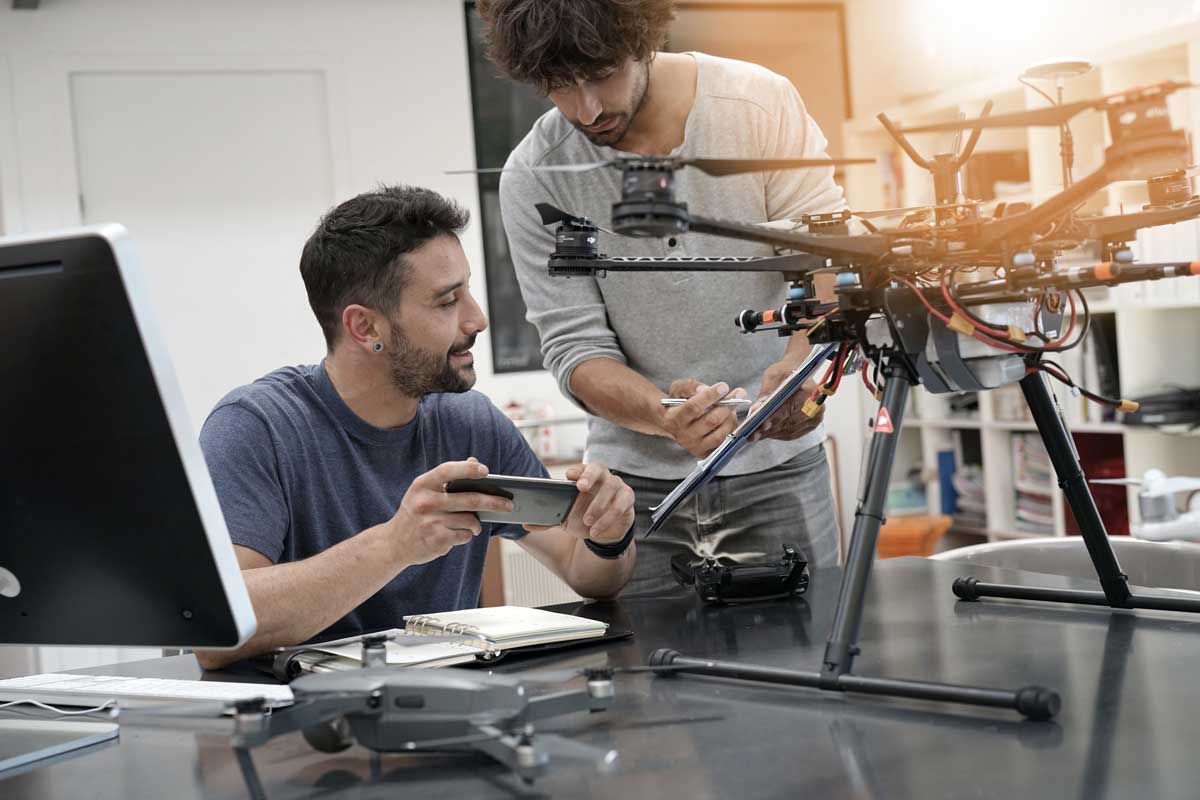Estimated reading time: 4 minutes

Drones have opened up a world of possibilities for aerial photography and videography enthusiasts, professionals, and hobbyists alike. However, one challenge that every drone pilot must face at some point is dealing with adverse weather conditions. While the Mavic series drones, renowned for their portability and performance, are equipped to handle various weather scenarios, it’s essential to approach bad weather flying with caution, preparedness, and a solid understanding of your equipment’s capabilities. In this blog post, we’ll delve into the world of flying Mavic series drones in adverse weather and provide essential tips to ensure a safe and successful flight.
The Mavic Series: A Brief Overview
DJI’s Mavic series drones have gained popularity for their compact design, advanced features, and impressive flight performance. They are equipped with a range of sensors, GPS technology, and intelligent flight modes that make them suitable for various aerial photography and videography applications. However, even the most advanced drones have their limitations, especially when it comes to weather conditions.
Understanding Weather Factors
Before you take your Mavic series drone out in unfavorable weather, it’s crucial to understand how different weather elements can impact your flight. Here are some of the key factors to consider:
1. Wind:
Wind is one of the most critical factors affecting drone flight. While Mavic series drones can handle moderate wind conditions, strong gusts can pose a significant risk. Always check the wind speed and direction before taking off and be prepared to land if conditions deteriorate.
2. Rain and Moisture:
Mavic series drones are not waterproof, and exposure to rain can damage the electronics and compromise flight safety. Flying in light drizzle or mist may be possible, but it’s best to avoid rainy conditions altogether.
3. Temperature:
Extreme temperatures, both hot and cold, can impact battery performance. Ensure your batteries are within the recommended operating temperature range and consider using insulated battery wraps in cold weather.
4. Visibility:
Poor visibility due to fog, heavy rain, or snow can make it challenging to maintain visual line of sight with your drone, which is a legal requirement in many regions. Always prioritize safety and visibility.
Tips for Flying in Bad Weather
Now that we’ve covered some of the weather factors to consider, let’s explore tips for flying your Mavic series drone in adverse conditions:
1. Check Weather Forecasts:
Stay updated with reliable weather forecasts before your flight. Look for information on wind speed, precipitation, and visibility to make an informed decision.
2. Pre-flight Inspection:
Perform a thorough pre-flight inspection of your drone. Ensure that all components, including the motors, propellers, and camera, are clean and free of debris.
3. Battery Management:
Cold weather can reduce battery life significantly. Keep your batteries warm and fully charged before takeoff. In hot weather, monitor battery temperature to prevent overheating.
4. Wind Speed Limits:
Know the wind speed limits for your specific Mavic model and avoid flying in conditions that exceed these limits. High winds can affect stability and control.
5. Rain Protection:
If you must fly in light rain or mist, consider using a protective covering for your drone, such as a raincoat or waterproof housing. Ensure the drone’s sensors remain unobstructed.
6. Fly Conservatively:
In bad weather, it’s best to fly conservatively. Avoid aggressive maneuvers, and maintain a lower altitude to reduce exposure to wind and turbulence.
7. Visual Line of Sight:
Maintain a clear visual line of sight with your drone at all times, especially in poor visibility conditions. Use the drone’s lights and visual aids to assist with orientation.
8. Emergency Landing:
Be prepared for an emergency landing if conditions deteriorate. Identify safe landing spots in advance and initiate an immediate landing if you encounter unexpected weather changes.
American Drone Industries: Your Partner in Adverse Conditions
At American Drone Industries, we understand the importance of safe and responsible drone flight, even in challenging weather conditions. Our team of experienced pilots and drone enthusiasts have the knowledge and expertise to navigate adverse weather while capturing stunning aerial footage.
We utilize the advanced features of the Mavic series drones to ensure safe and successful flights, providing our clients with exceptional aerial content that exceeds their expectations. Whether it’s capturing breathtaking landscapes in the midst of a storm or documenting the impact of adverse weather on construction sites, we are equipped to handle it all.
Remember, while Mavic series drones are versatile and resilient, safety should always be your top priority when flying in bad weather. If you’re uncertain about the conditions or your drone’s capabilities, it’s best to postpone the flight and wait for more favorable weather.
If you have any questions about flying your Mavic series drone in adverse conditions or need assistance with a challenging aerial project, don’t hesitate to reach out to American Drone Industries. We’re here to help you overcome the elements and achieve your aerial photography and videography goals safely and professionally.


